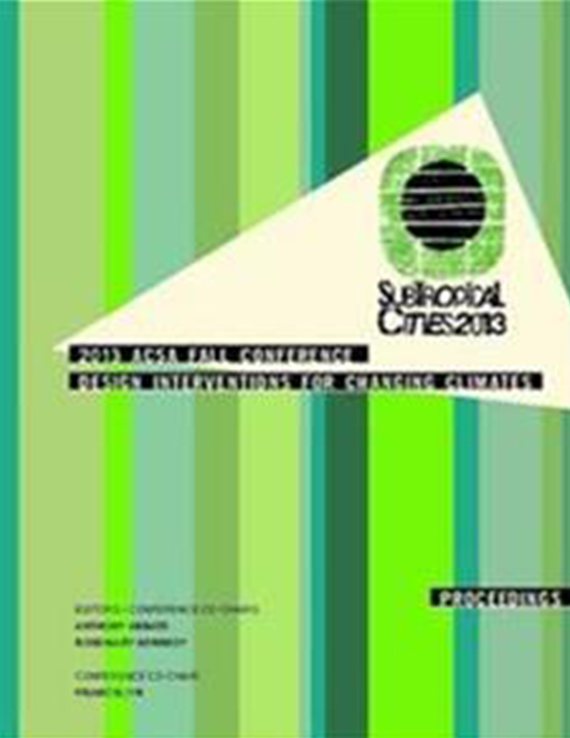Author(s): Brett Tippey
By the mid-twentieth century the ancient prototype of the atrium had been resurrected and adapted for modern residential architecture, in part thanks to its unique ability to ventilate and illuminate interior spaces. It was also especially practical for mid-century housing in subtropical cities because it provided exposure to the natural elements while simultaneously abiding by the constraints of urban density and the modern middle-class requirement of a high degree of privacy.To develop a modern interpretation of the atrium house, the leading European architects of the 1920s and 1930s typically studied the residential architecture of Classical Rome and Greece; the works of Le Corbusier and Mies van der Rohe of the 1920s and 1930s clearly represent this course. However, Richard Neutra turned primarily to the architecture of the Hispanic tradition, which he discovered upon arrival in Southern California in 1925, and during his subsequent travels through Latin America. The Hispanic version of the atrium—the fully enclosed patio—is slightly different than the Roman or Greek atrium, primarily because of its abundant vegetation, its nuances of light and shadow and its use of water as both reflective material and cooling agent. By reviving these elements in modern architecture, Neutra’s appropriation of the Hispanic patio resulted in houses that were especially suited to the climate, culture and tradition of the American subtropics.By focusing on the houses he designed during his first years in Southern California (1925-1939), this paper will uncover the increasing use of the Hispanic patio in Neutra’s work. It will trace this evolution through the following projects: the 1923 Zehlendorf Housing in Berlin, the 1932 VDL Research House, the 1934 Beard House, the mid-1930s Agricultural Workers Housing (never constructed) and the 1939 addition to the VDL Research House. It will also cite later examples, such as Neutra’s 1955 Kronish House and his 1953 Hafley-Moore Twin Houses, to demonstrate the enduring importance of this architectural prototype throughout his professional career. Original Neutra texts, in which he described his own work and his preference for the Hispanic patio, will serve as primary sources. The paper will also consult unpublished documents including manuscripts, office memos and travel sketches that are kept in the Neutra Archive at UCLA.
Volume Editors
Anthony Abbate, Francis Lyn & Rosemary Kennedy
ISBN
978-0-935502-90-9

 Study Architecture
Study Architecture  ProPEL
ProPEL 
